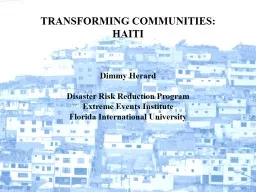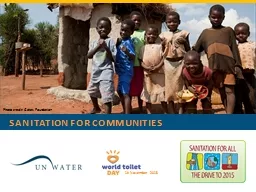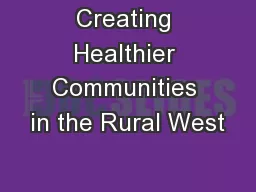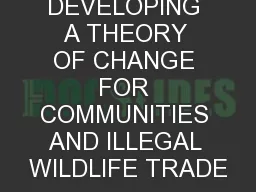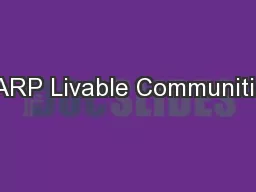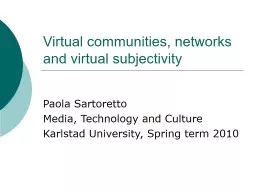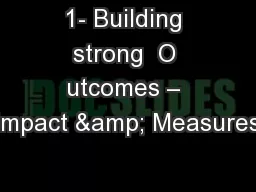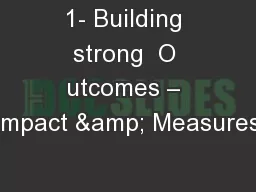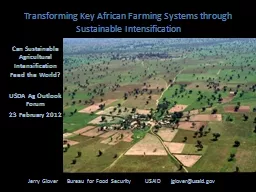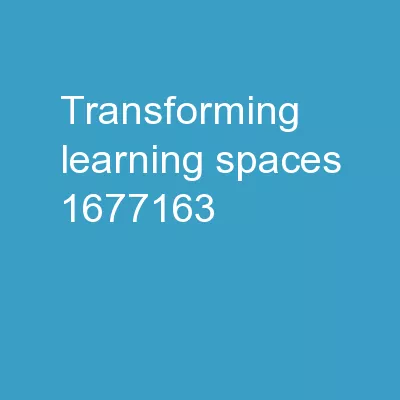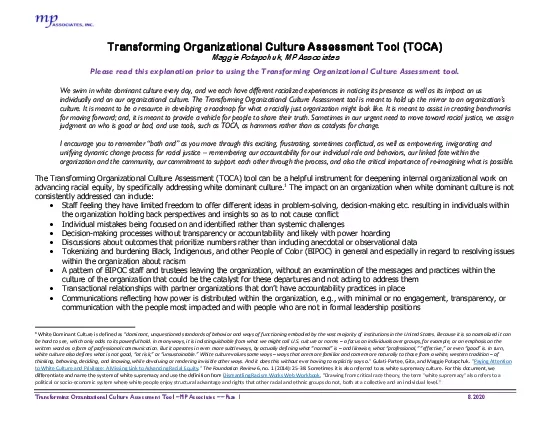PPT-TRANSFORMING COMMUNITIES:
Author : sherrill-nordquist | Published Date : 2018-10-14
HAITI Dimmy Herard Disaster Risk Reduction Program Extreme Events Institute Florida International University INFORMALITY IN LATIN AMERICA By 2050 69 of the worlds
Presentation Embed Code
Download Presentation
Download Presentation The PPT/PDF document "TRANSFORMING COMMUNITIES:" is the property of its rightful owner. Permission is granted to download and print the materials on this website for personal, non-commercial use only, and to display it on your personal computer provided you do not modify the materials and that you retain all copyright notices contained in the materials. By downloading content from our website, you accept the terms of this agreement.
TRANSFORMING COMMUNITIES:: Transcript
Download Rules Of Document
"TRANSFORMING COMMUNITIES:"The content belongs to its owner. You may download and print it for personal use, without modification, and keep all copyright notices. By downloading, you agree to these terms.
Related Documents

